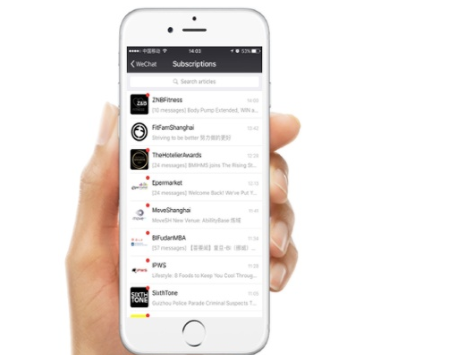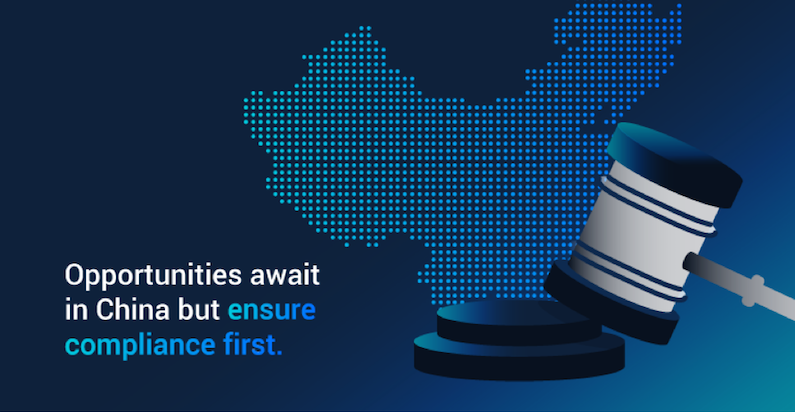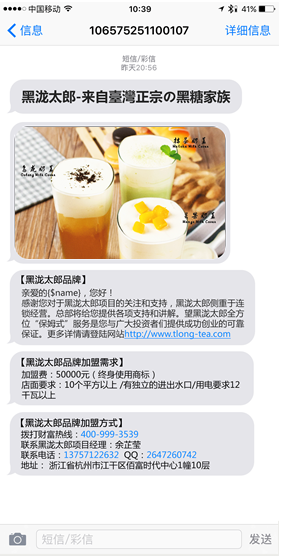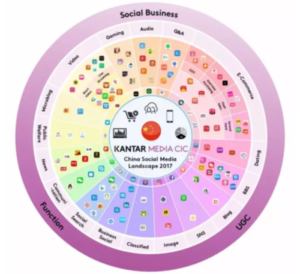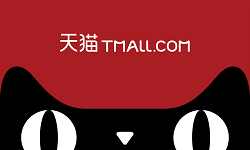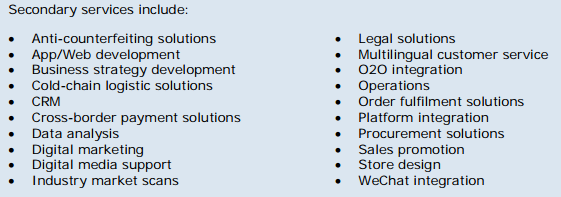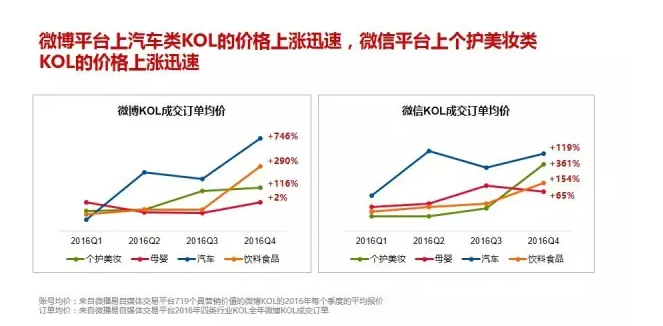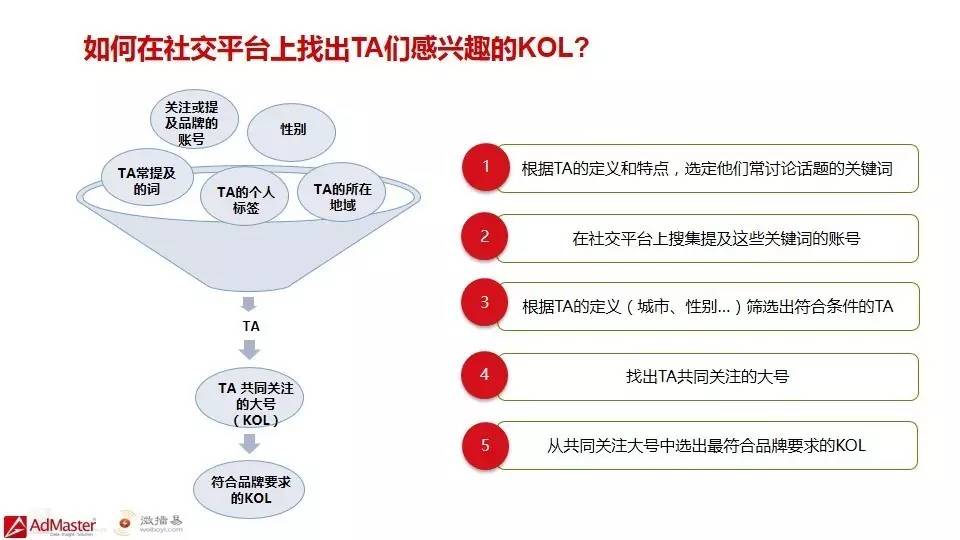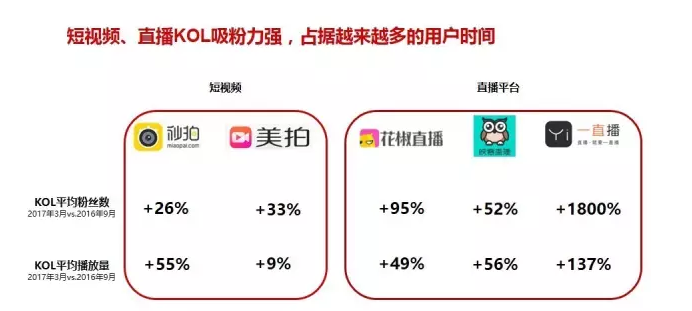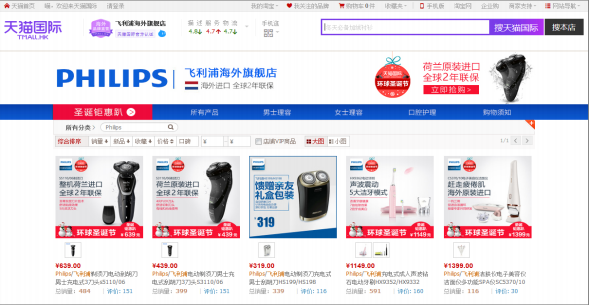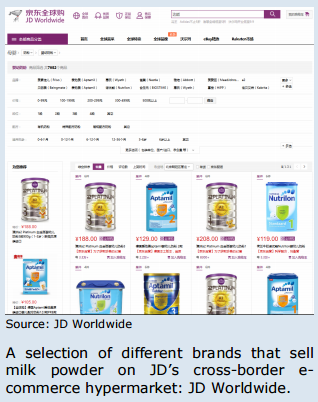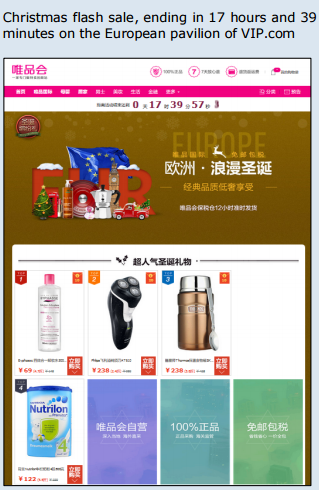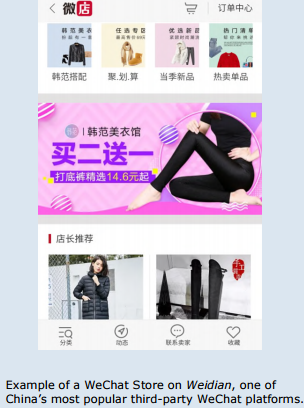Since the dawn of online retail, e-commerce days are a big part of celebrating different national holidays. These shopping days are often created by different e-commerce platforms in China, running promotions for all the major holidays and using discounts to turn them into e-commerce days. For every company doing business in China: you should mark these e-commerce days in your calendar!
Jacco
What you need to know about using WeChat for B2B – 5 top tips
Although some might argue otherwise, WeChat is a brilliant tool for B2B. If properly used, WeChat offers incredible opportunities for brands to market directly to potential customers on a device that each person does not let out of sight throughout their waking hours. However, as this only applies for well-designed accounts, Brandigo listed 5 tips for running B2B WeChat accounts all brands should consider while opening an official WeChat account.
Fashion Blogger Sells 100 Cars On WeChat In 5 Minutes
On July 22nd, 100 people bought a car on WeChat. This is easily one of the most interesting WeChat ecommerce case studies to date. How were the cars sold? What sales techniques did they use? Why was this campaign such a success?

100 limited edition MINI Cooper, a total value of 30 million RMB, sold via the WeChat account of mega popular fashion blogger Becky Li (黎贝卡).
She has attracted sponsorship deals from an impressive lineup of international luxury and beauty brands including Chanel, Dior, Burberry, Gucci, and Hermès. As a fashion and shopping blogger Becky Li certainly reached the upper levels of China’s massive influencer economy.
In China they are more commonly referred to as key opinion leaders (KOLs). The bloggers posts about what designers they’re wearing and what products they’re using in an attempt to influence both the taste and shopping habits of millions of upper-middle class followers. They produce on average four times more views and close to eight times more engagement than the brands’ own accounts on WeChat, according to L2’s China: KOLs Insight Report.
This particular campaign had the “Perfect mix”
Becky Li is not a sales woman, nor is she an expert on cars, and yet this campaign managed to convince 100 people in under 5 minutes! How you may ask, well it was a clever mix of the right content for the right audience:
- For her more impulsive followers, she evoked their emotion by quoting a review from a follower who was a full-time mother.
- For her rational followers, she listed the practical features and functions, and subtly slipped in a celebrity testimonial.
- For those pursing lifestyle purchases she threw in an exclusive hand-over ceremony and cocktail party.
The “what, why and how” of an ICP license
For international companies wishing to battle in China, obtaining an ICP license is a must. ICP stands for Internet Content Provider, the license is issued by the Chinese government and allows you to host your website on the domestic server. This is basically a permit for you to communicate with your Chinese consumers online: your email, SMS, public account on Wechat etc. are all depending on it. Meanwhile, due to the rather heavy Internet censorship, websites hosted outside China either open very slowly, or worst case scenario, are not accessible at all.

Sounds complicated? No problem! We will sort out the basics about ICP license for you, so as to decide if you need such a license and how to get it.
What type of ICP license should I get?
There are two types of ICP license—ICP registration and commercial ICP license. Depending on the nature of your website (informational or transactional), you’ll need different ones.
ICP registration/ICP BeiAn (for informational websites)
The ICP registration, or BeiAn in Chinese term, is required for websites that are not intended for commercial transactions. Such registration is available for websites owned by either a company or an individual. Meanwhile, the procedure for registration is easier and faster. Your request will normally be processed within 1—1.5 months.
Commercial ICP License (for transactional websites)
A commercial ICP license is for companies looking to sell products in China, especially ecommerce platforms. Starting from 2015, Wholly Foreign Owned Enterprise (WFOE) holding a valid Chinese business license can also apply for a commercial ICP. While this new policy has somehow paved the way for foreign retailers, remember that it is a new regulation and do expect a lengthy and tedious process.
Why an ICP license is a must for your online business in China?
Basically, an ICP license gives you the possibility of communicating with your Chinese customers online. Sending out emails and SMS, opening a Wechat account under your company’s name, or having your company information listed online. Despite of the essential function, there are more benefits.
SEO ranking: Chinese search engines such as Baidu and Sogou offer better ranking to websites hosted locally.
SEM strategy: Only by obtaining an ICP license, can you promote your website through Baidu adword.
Better online marketing: One of the best personal communication channel in China is email. And to send emails in China, you need to have an ICP license. Otherwise if you are sending from a foreign server, the email delivery rate will be very low.
Better user experience: Typically when your website is hosted in China, it opens and responds faster. Moreover, you can also have a .cn domain by having an ICP license, which shows Chinese consumers more ‘authenticity’ and ‘reliability’ of your site.
How can I get an ICP license?
You can obtain an ICP license through the official website of the Ministry of Industry and Information Technology (MIIT) in China. It’s important to notice that the website, as well as the entire application is ONLY in Chinese, so you might need help from your Chinese colleagues or agencies.
You also need to prepare quite some documents for the application. Feel free to refer to below as a quick checklist of the documents you may need:
- Copy of your business license in China (valid and with company seal)
- Certificate for your domain name
- Information of your contact person (Chinese national only) in China
- Information of the company owner (can be non-Chinese national)
- Picture of your Webmaster or the legal person (taken at a certain verification point)
- Signed copy of the ICP license application form
Final tips:
It may sound a bit ‘intimidating’ to undergo all the verification and documentation process. But having an ICP license can indeed help you unlock tremendous potential for your online business in China. Bear in mind some final tips and hope they can make your application easier!
- Prior to your application, you need to set up an entity in China. You can either register yourself as a Wholly Foreign Owned Entity, or have an office established in China.
- The timeline for application could vary in different provinces/cities.
- One of the most convenient way is to file an application through your hosting provider.
- While an ICP license gives you more opportunities with your online business, it doesn’t give you’re a guarantee. There are more regulations regarding content, privacy, transaction etc. Make sure that you are playing by the rules.
Chinese digital consumers are a model for the future
With cellphones being the primary device for working, shopping and entertainment nowadays, a mobile platform should be a brand’s first priority when wanting to reach Chinese digital consumers. Chinese digital consumers consume content via mobile platforms while commuting, taking breaks at work, and during lunch – spending on average 26 hours per week on their phone. Right now, brands use their website blogs as flagship content marketing tools: they publish content on the website, push the content to other channels, and refer social media and mobile readers back to the website. However, with WeChat being the go-to-platform for Chinese digital consumers, WeChat will become the primary platform for articles and thus a crucial component to spread your content. If you haven’t already, read more about how you can maximize your social channel’s potential.
Cross-border ecommerce in China: localization
The evolution of Chinese social media in 2017
The Chinese social media landscape is one of the most unique and dynamic ones in the world. As social media and the internet evolve and the gap between business and social is shrinking, brands cannot ignore the importance of putting effort in understanding trends and integrating them wisely into their business strategy. To be of assistance, Kantar media CIC has shared five major trends shaping social media and strategy in China and around the world.


